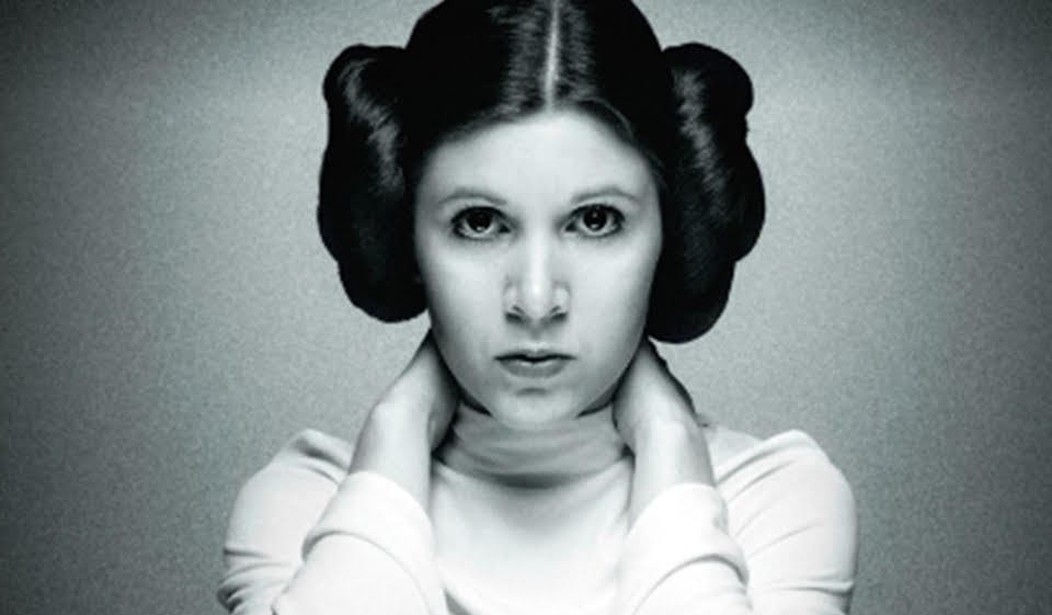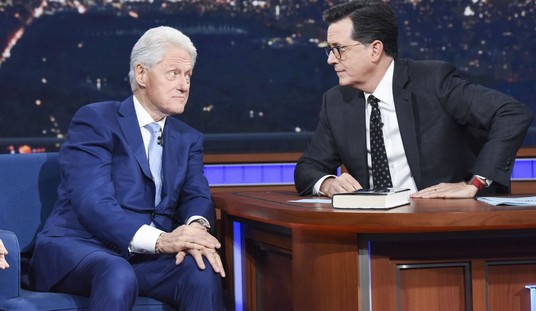The death of Carrie Fisher, coming as it has amidst the theatrical run of a Star Wars film in which her likeness (see above) was recreated through computer-generated imagery, raises a provocative moral question regarding the future of filmmaking. Should Hollywood bring actors back from the dead using CGI?
Rogue One does so with another character, Grand Moff Tarkin, played in the 1977 original by the late Peter Cushing. The inclusion of Tarkin in Rogue One made sense within franchise continuity. The devious Imperial governor played a central role in A New Hope, commanding the Death Star superweapon which again features prominently in Rogue One. Despite that, Disney could have taken a different approach to including Tarkin than the one they chose. They could have simply recast the role. Would that have been more respectful? Would it have better served the film? The answers to those questions prove subjective, as indicated by the mixed audience reaction to Tarkin in Rogue One.
While computer-generated humans in films may not quite meet the “uncanny valley” benchmark, they get better with each passing year. The Tarkin and young Leia scenes in Rogue One suggest a future where larger roles could be occupied by such creations. That potential raises moral and ethical questions. Is it exploitative to capitalize on the likeness of a deceased actor? Should the family retain control over such usage and share in any profit?
Answers tend to differ depending upon the circumstances. While fully rendered CGI humans may be relatively new, efforts to reuse or expand performances from deceased actors have occurred for years. Recently, when actor Paul Walker succumbed to a tragic accident in the midst of production on Furious 7, his performance was completed by his brothers. Their faces were digitally altered to look like him. That effort was largely accepted as both appropriate and respectful. However, in the wake of Carrie Fisher’s death, the notion of a CGI Leia in a forthcoming Star Wars film has been deemed distasteful by many.
We can form a well-considered opinion on the issue by referencing the existing ways in which likenesses are handled. Lucasfilm, in particular, has long retained the right to utilize the likenesses of those actors who perform in their films. They have done so in books, comics, video games, and animation, to the point that Carrie Fisher once quipped that she couldn’t look at herself in the mirror without sending a couple of bucks to George Lucas. Is there a difference between depicting Leia in an animated show like “Star Wars Rebels,” or in the pages of a comic book, and using computers to recreate her image in a live-action film?
Consider that characters have long been created utilizing multiple performances. Yoda was a puppet in The Empire Strikes Back, and a computer-generated character in more recent films. The portrayal of Darth Vader involved performances from five men over the course of the original trilogy. Countless creatures and characters in the saga have been portrayed through a variety of means involving a slew of artists. Was any of it disrespectful or exploitative?
Why even ask the question? As an audience, we have a sentimental attachment to the performers we see, and therefore an outsized concern for their treatment. Little such concern manifests around the treatment of an animator hidden away in some studio, even though he or she may prove as integral to the creation of a character as an actor is to another.
At the end of the day, the right course is dictated by the needs of the film. It’s both an art and a business. As long as the terms of agreements are being met, and everyone is paid what they are due, it’s tough to argue that anyone is being exploited. There’s a reason these actors sign over rights to their likenesses as a condition of inclusion in massive franchises: the immortality which such status brings. So let them live forever.









Join the conversation as a VIP Member